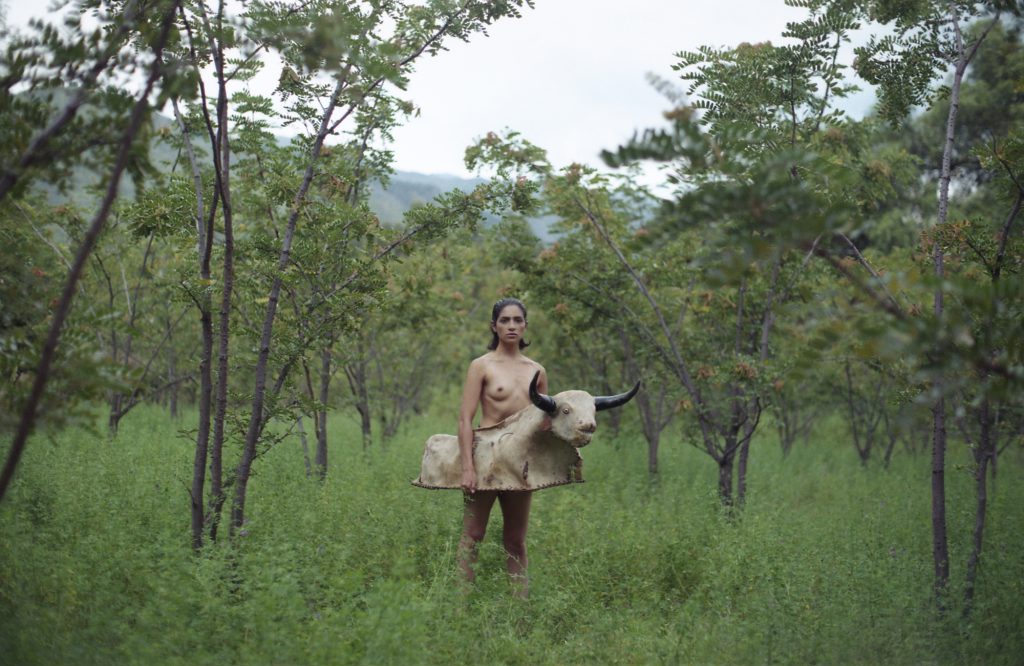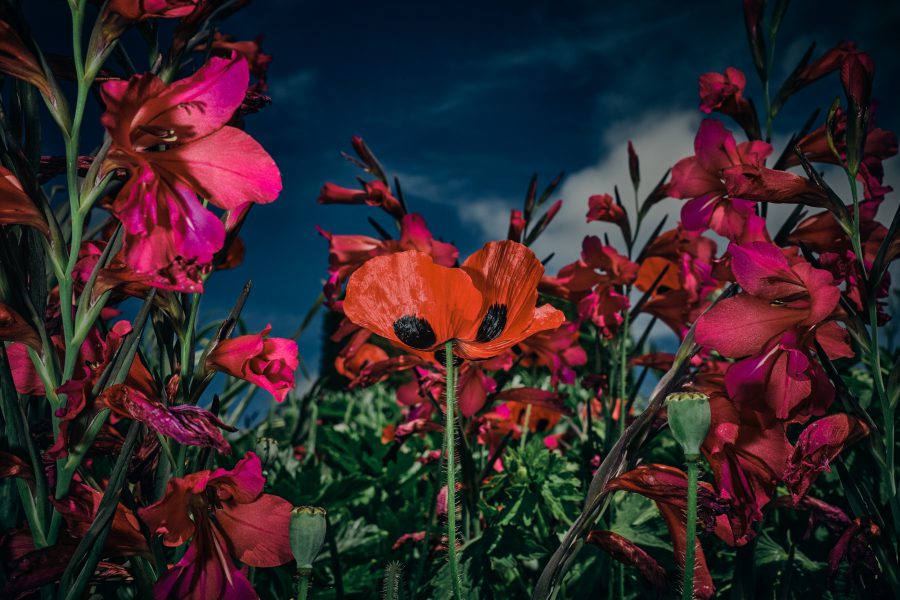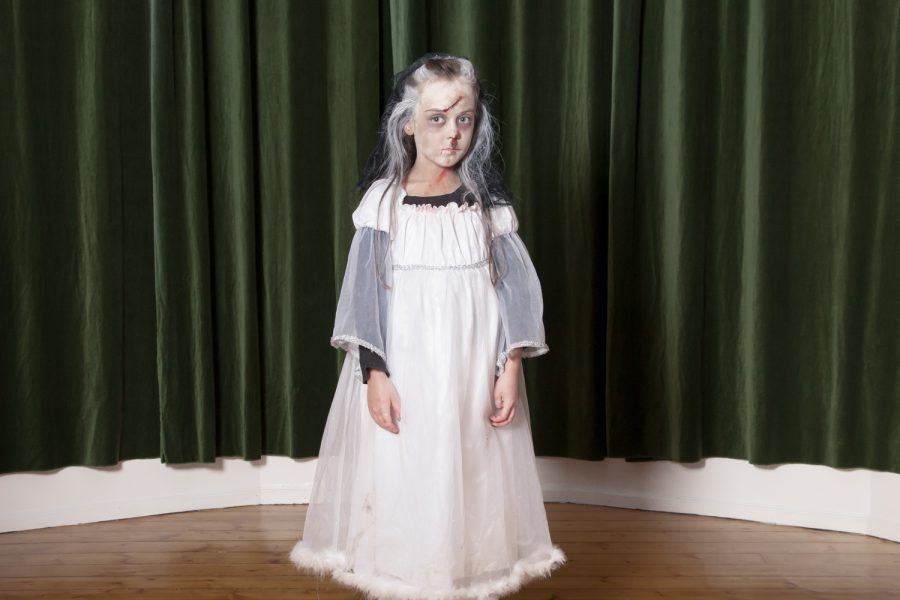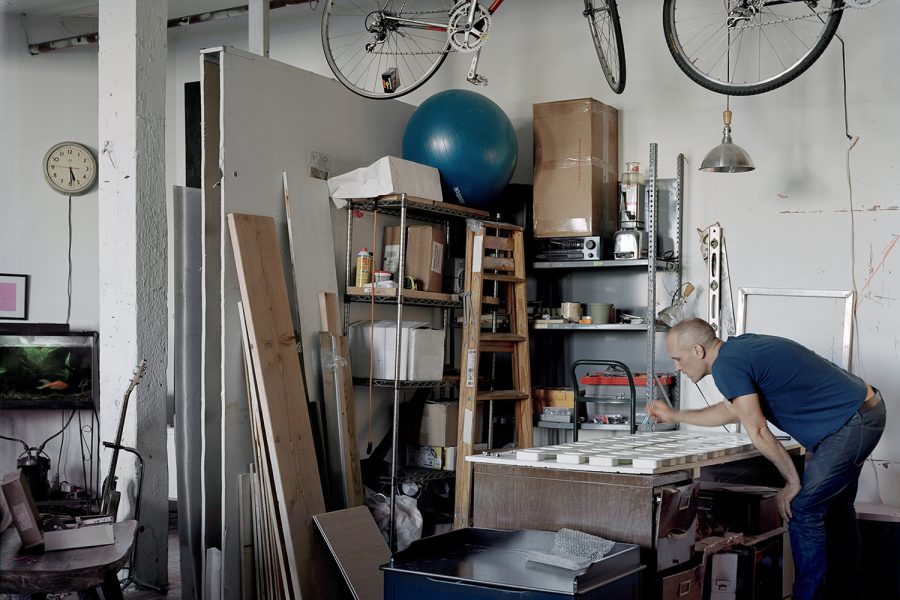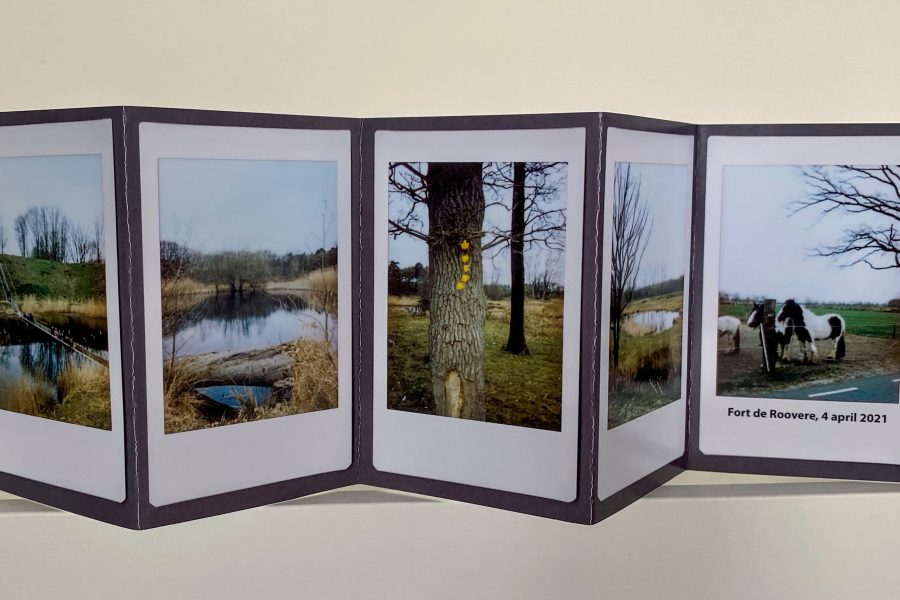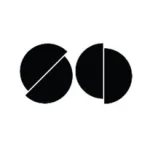Shutter Hub member Marisol Mendez has exhibited with us in Now, for the Future at LOOK Photo Biennial in Liverpool, Time to Think at Festival Pil’Ours in France, Everything I Ever Learnt at Cambridge University, and at the Shutter Hub OPEN 2018 in London, and Amsterdam. You could say we are big fans of her work! Marisol Mendez was born in Cochabamba, Bolivia. Her interest in photography developed from a love for the art of film and close observation – often dealing with the dynamics between immediacy and intimacy. She received a BA in Audiovisual Communication in Buenos Aires and a Masters in Fashion Photography at the University of the Arts, London. Marisol has exhibited work across Europe, Argentina and Bolivia. She has also been featured internationally including in The British Journal of Photography, Vogue Italia and The Independent Photographer. Here we’ve invited Marisol to share more about her ongoing, thought provoking, and powerful project; MADRE.
Image above: The Waka Thuqhuri dance, from where this outfit is taken, satirizes bullfighting and parodies the Spanish conquistadors. In a similar fashion this picture seeks to taunt machismo. The bull, a figure that epitomizes masculinity is worn by a woman.
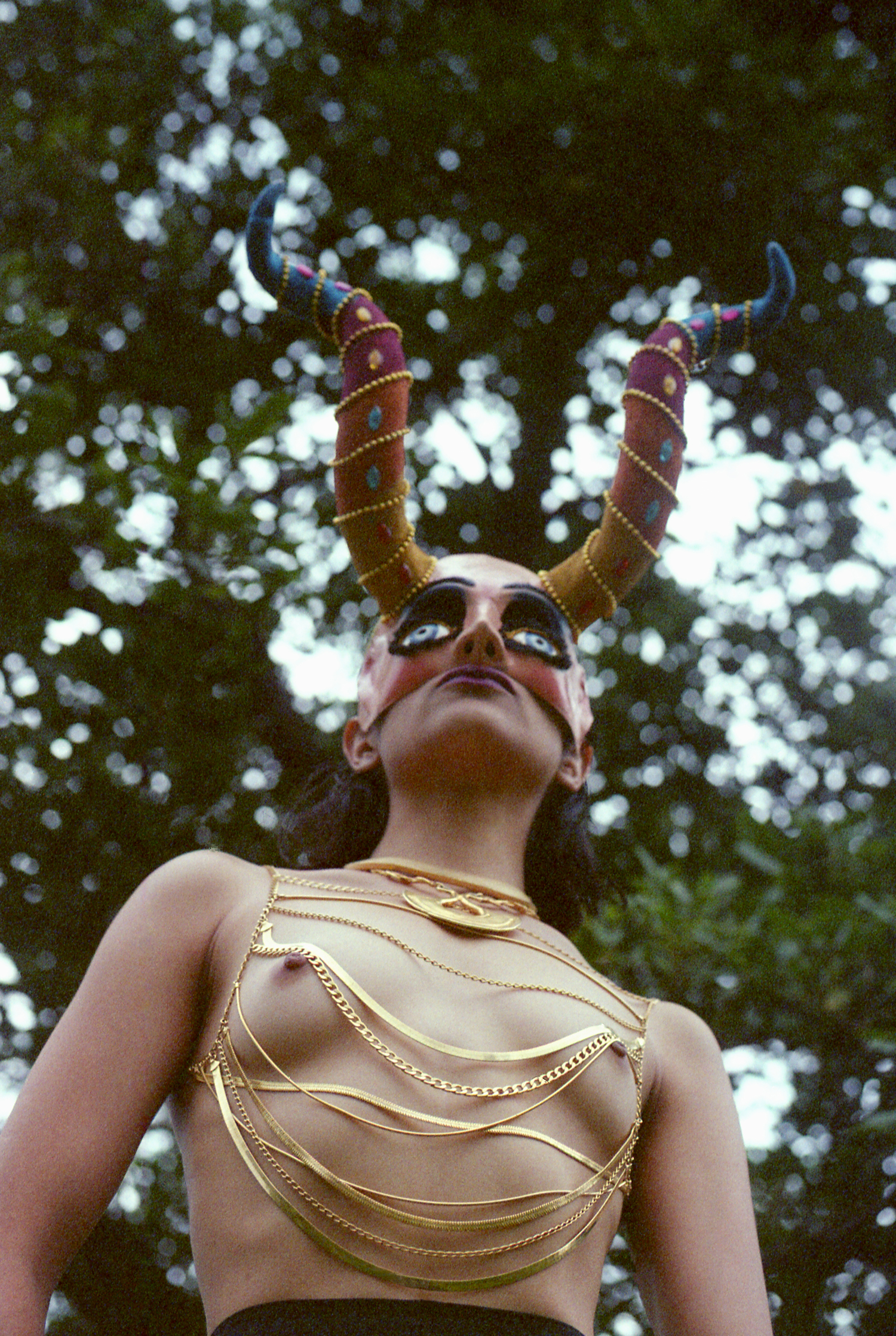
The image is an interpretation of the China Supay. In Bolivian folklore she is the jealous lover of “El Tío”, the Lord of the Underworld. Like Mary Magdalene, she incarnates temptation, she’s irreverent, beautiful and sinful.
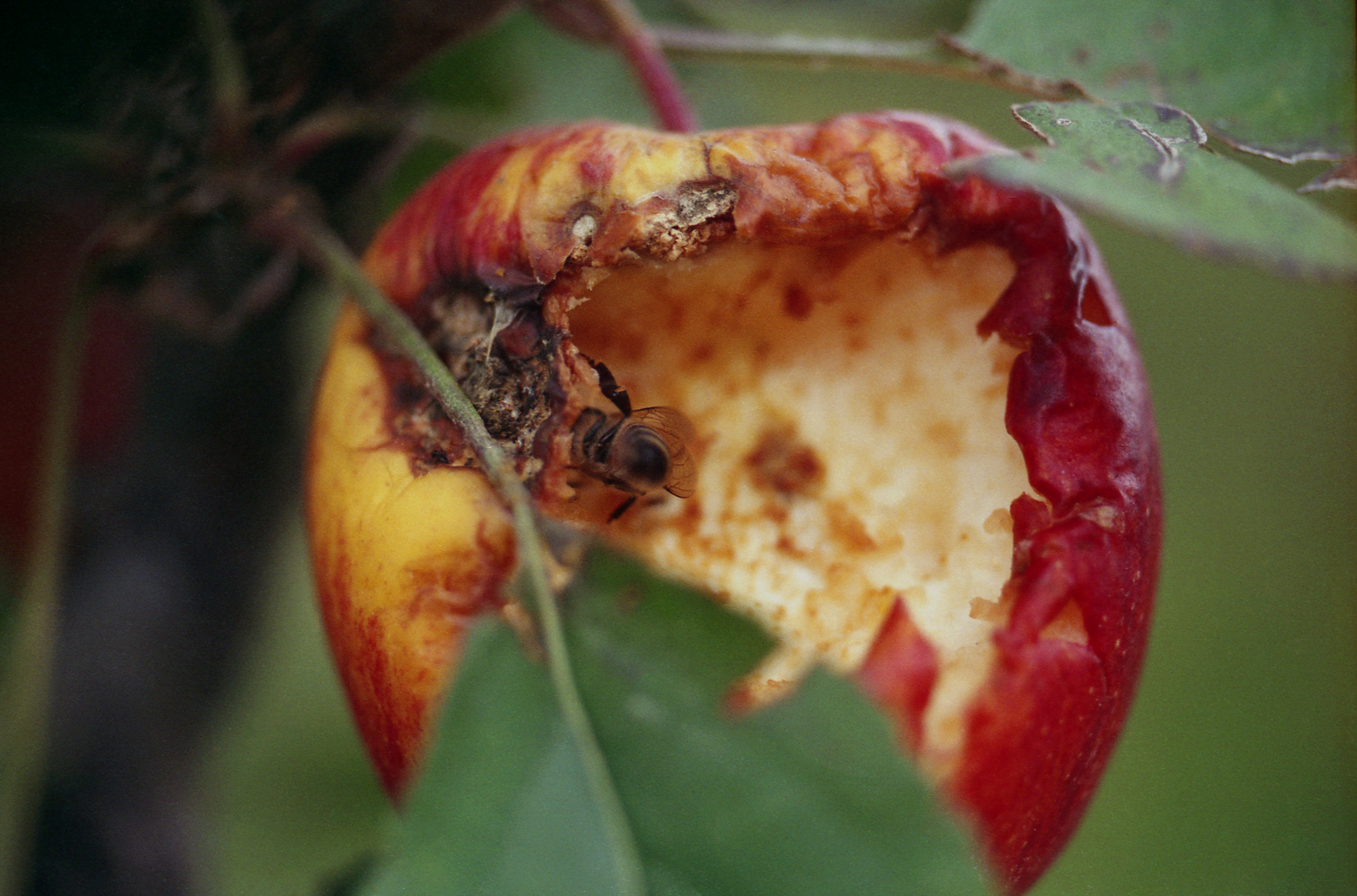
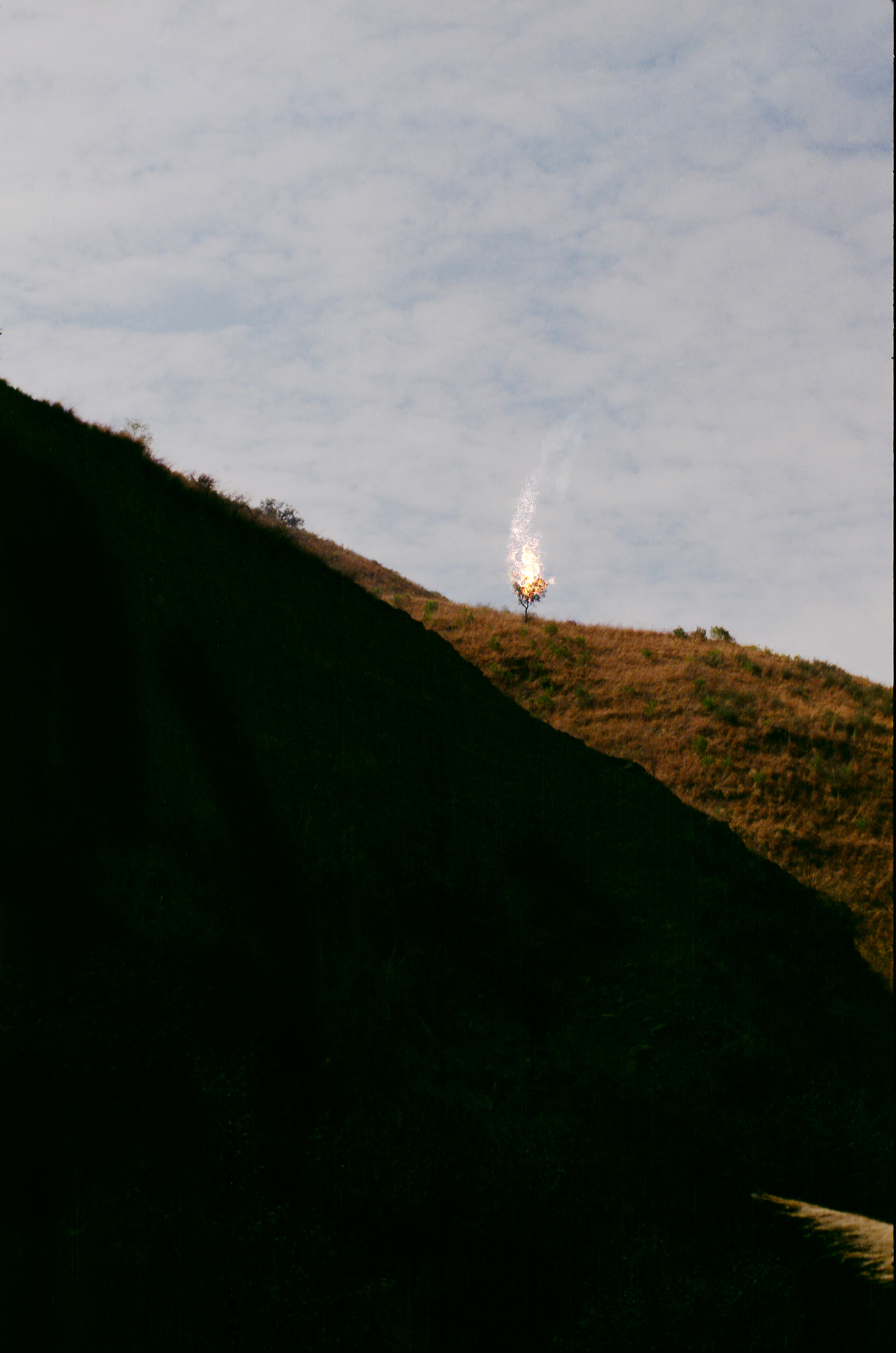
MADRE delves into who I am in relation to my female lineage and who I have become in relation to where I was born. The experience is a return to the womb, a journey back to my motherland in Bolivia. While mine is a multi-cultural country with a rich loom of femininity, the portrayal of women remains whitewashed, unidimensional and phallocentric. In order to challenge this inherent machismo, this work celebrates diversity and complexity by looking at the contradictions of my country through the portrayal of its women. The project became a cathartic experience that enabled me to (re)connect to my ancestry and through it (re)potentialize the history of Bolivia. In this series, women are depicted through the archetypes of Mary Magdalene and Mary the Virgin but repossessed to reflect Andean traditions. To this day Catholicism permeates our society’s understanding of womanhood but it is in syncretism that the essence of our culture emerges. Consequently, the photographs portray an existence interconnected and bridged by both physical and mythological elements – a dance between the Hanan Pacha (the upper world in Incan mythology) and the Uku Pacha (the under or inner world) where women experience potentiality, change, loss, decline, and death.
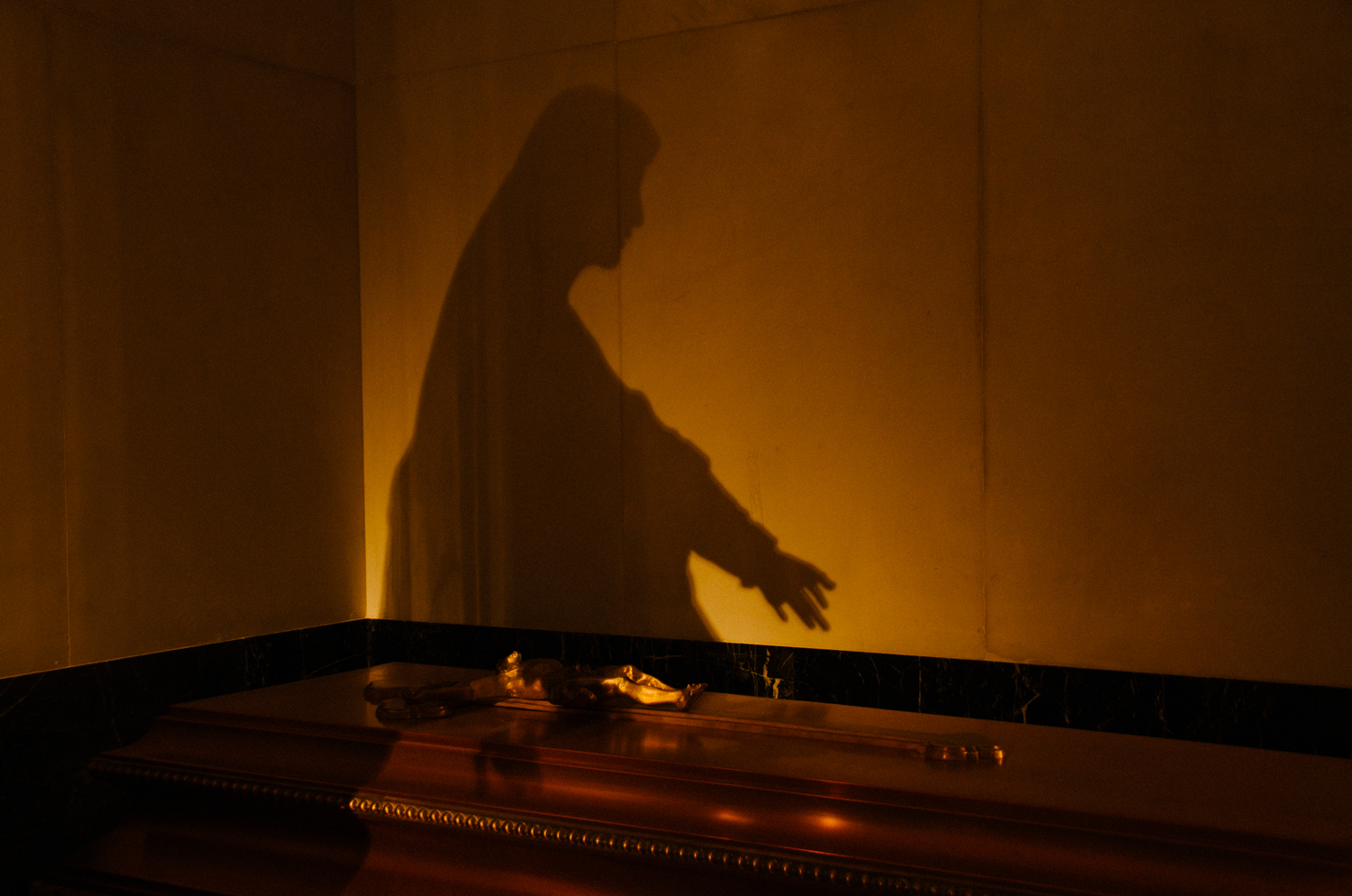
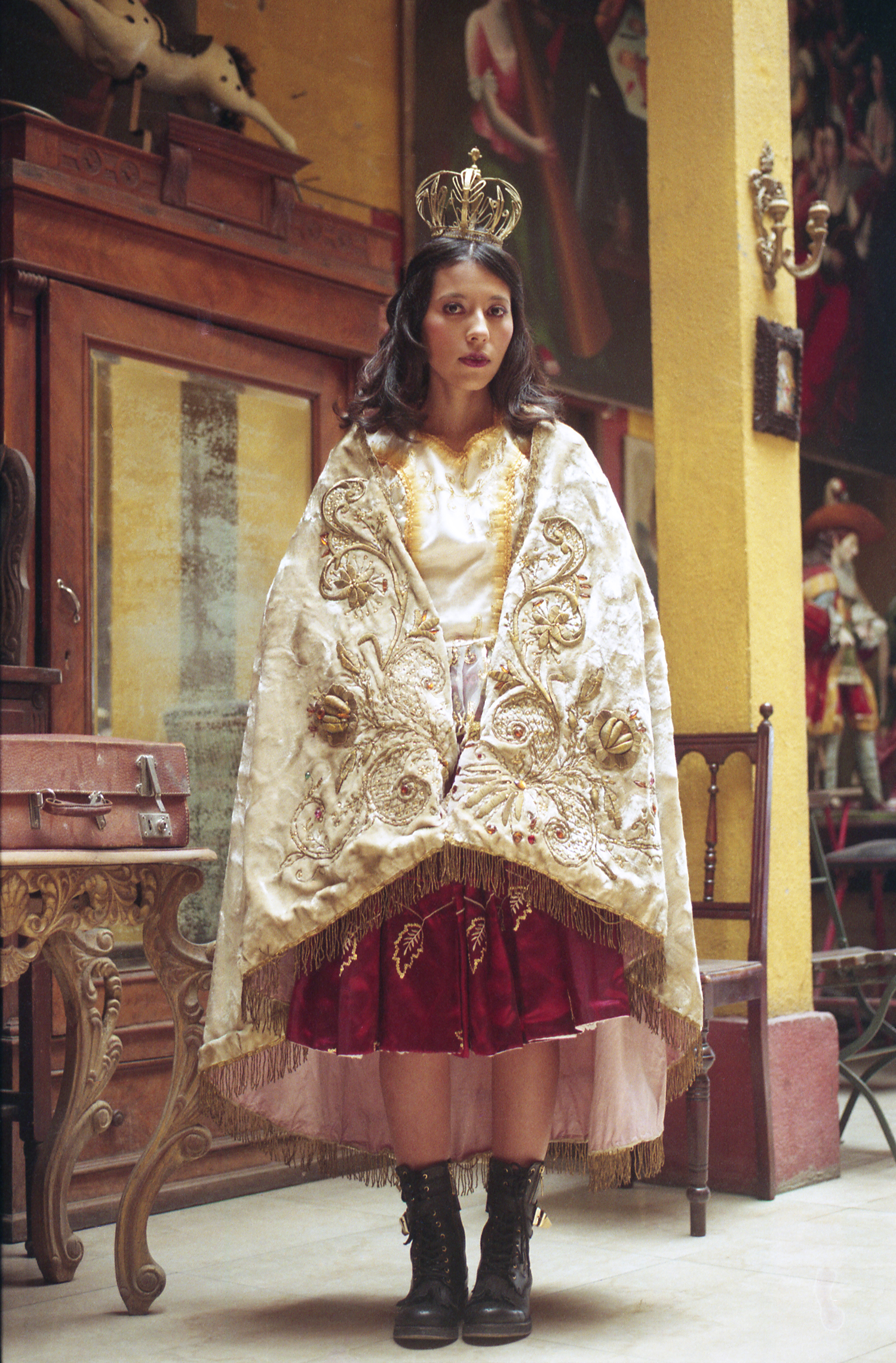
Vanessa plays the Virgin, or more specifically the plaster version of this character. Surrounded by antiques she reminds us how archaic this stereotype has become.
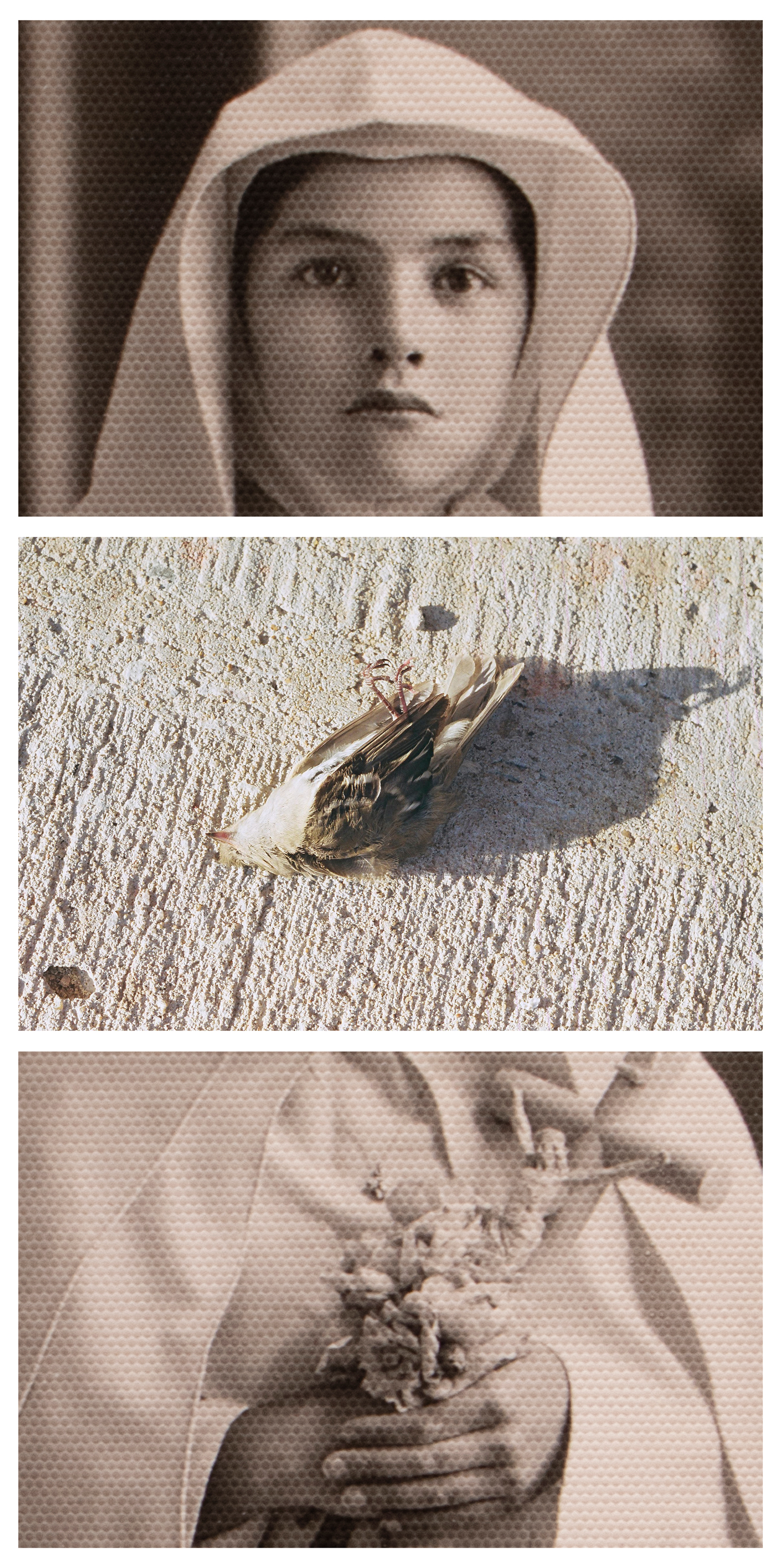
Grandmother Yolanda celebrating her first communion. A bird draws its dying breath as she accepts Jesus in her heart.
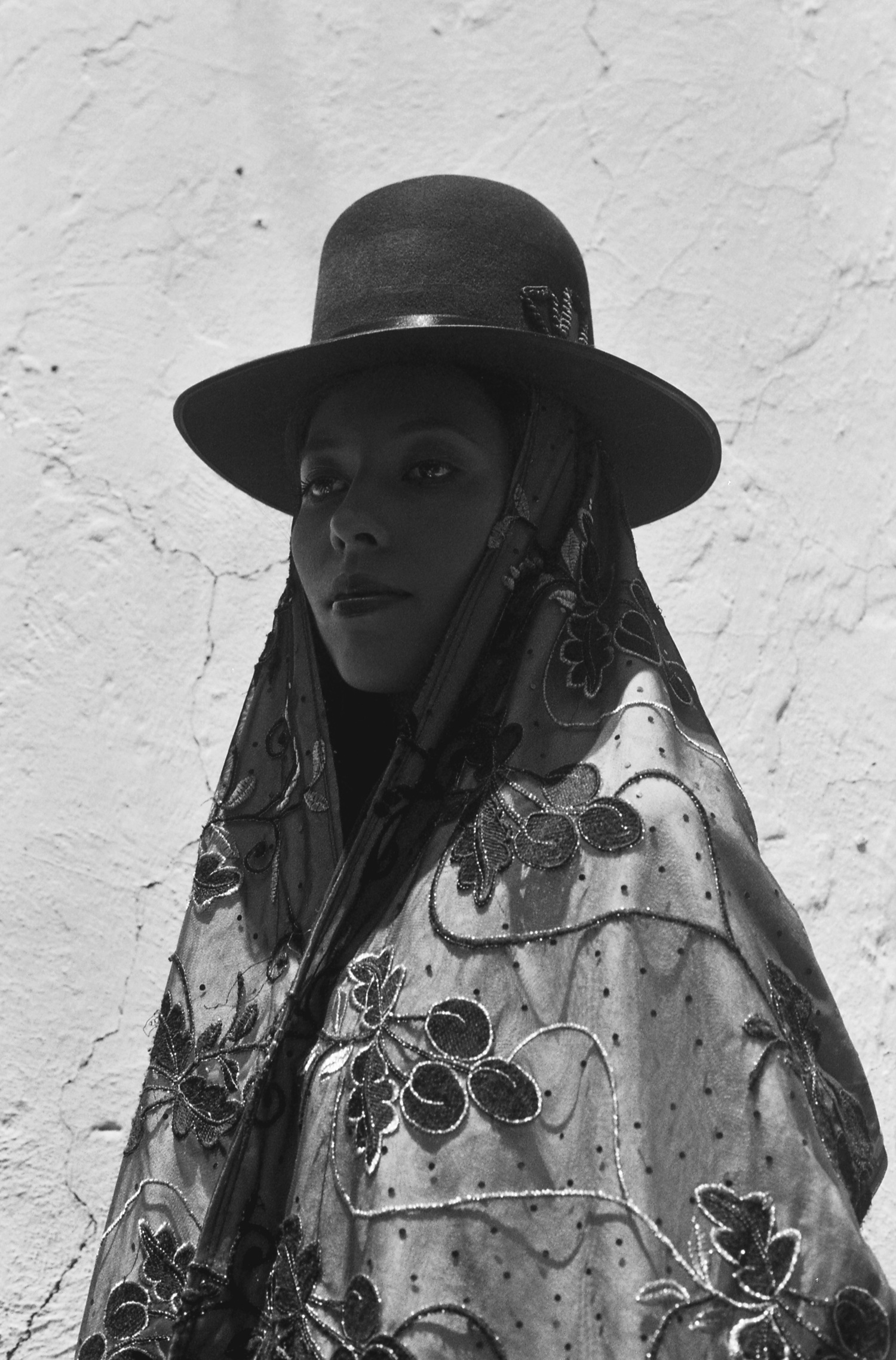
This is an Andean Virgin, a dark Mary. She represents the rupture and continuity between native Bolivian female deities and inherited Catholic traditions. In her we perceive the collision of two worlds, that of mother earth and that of a celestial guardian. She is a symbol of the sacred and the profane, the humble and the majestic, the fertile and the ethereal.
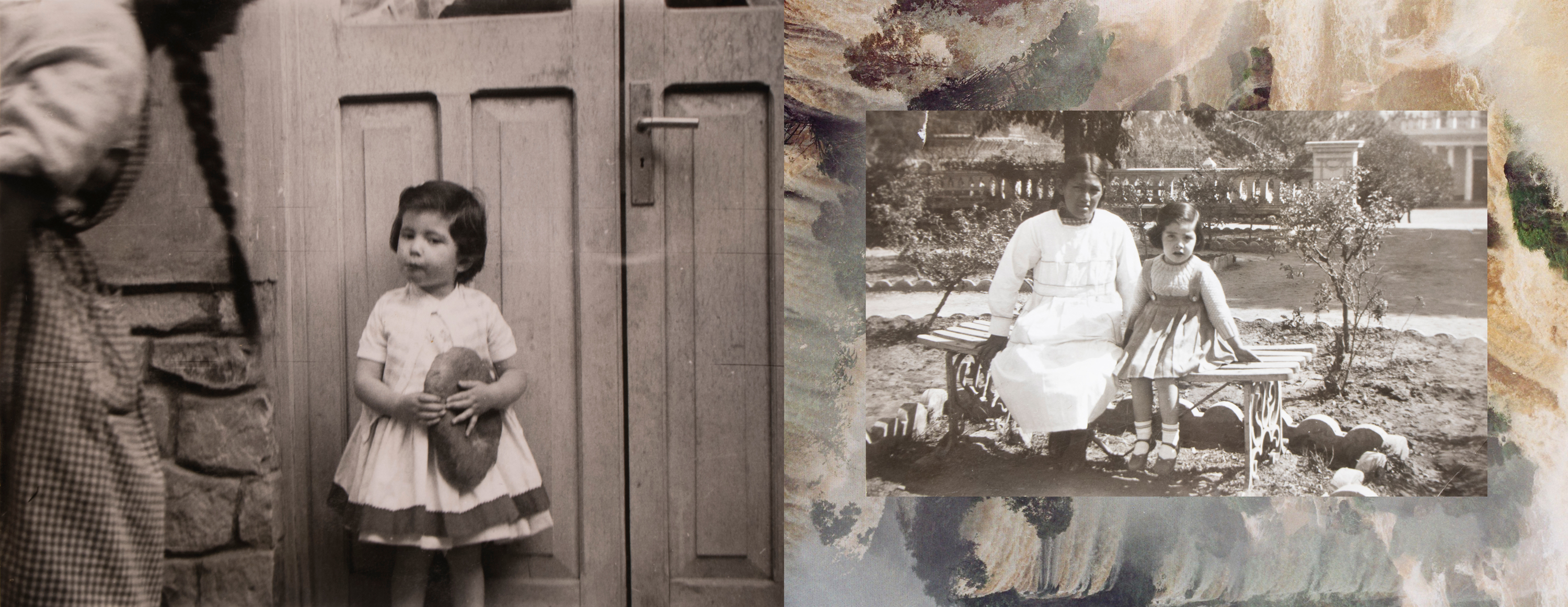
My mother and my grandmother with their nannies, both young indigenous girls.
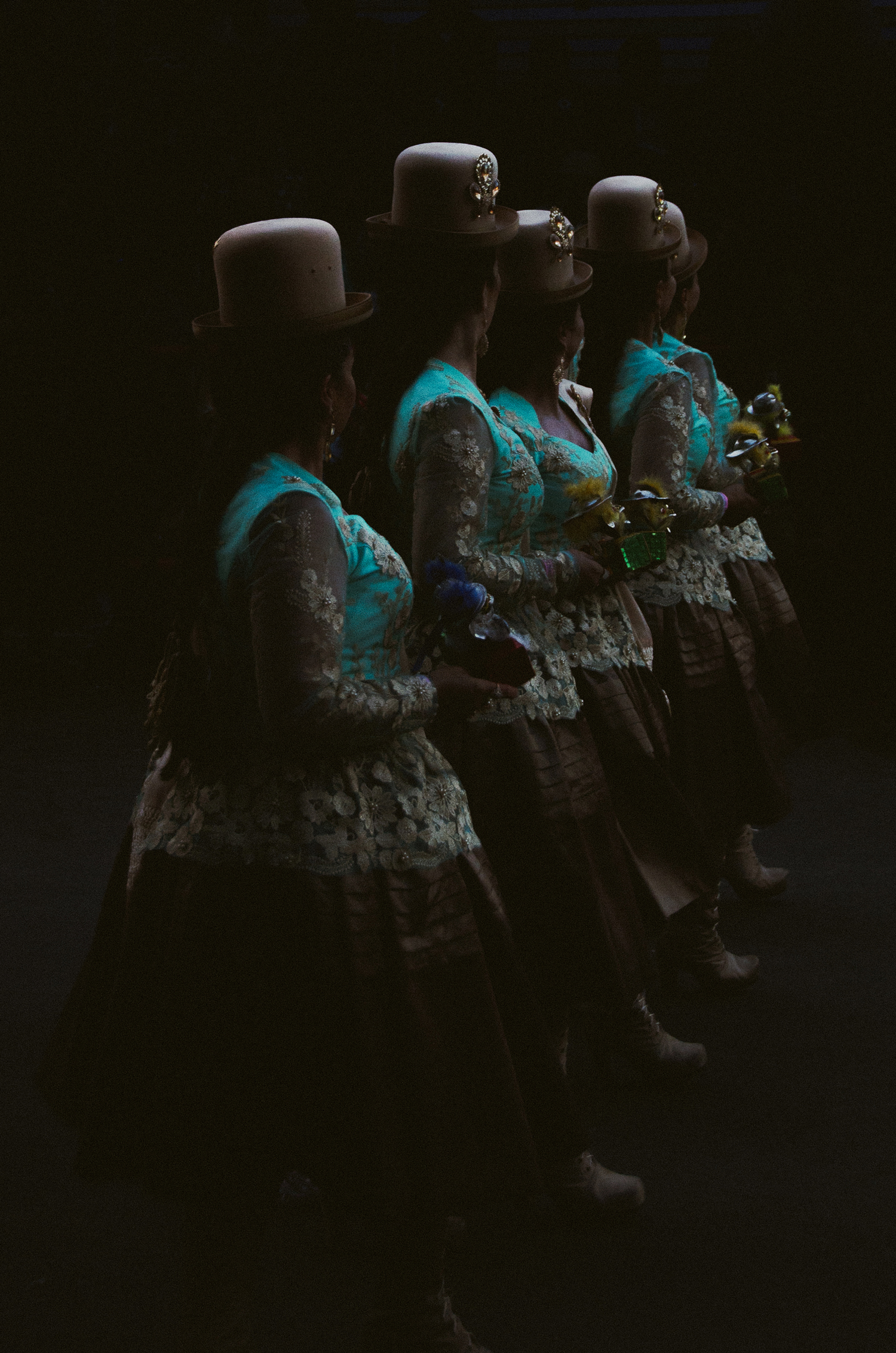
The Morenada is one of the most popular dances in Bolivia. It depicts African slaves forced to work in the silver mines of Potosí or to crush grapes in the vineyards of the Yungas, during the colonial period. The Ñaupas, (quechua for ‘ancient ones’) portray the older enslaved women. The rattling of their “matracas” imitates that of the chains that bound the slaves’ legs.
MADRE is an ongoing project that I plan to turn into a book. Until now the series has focused on women of the western region of Bolivia (where I’m from) so now I’m aiming to include eastern women, their symbolisms and traditions.
To find out more about Marisol’s work, visit her website here.
Join the Shutter Hub community by subscribing to our mailing list for all our photography news and opportunities, direct to your inbox. Got any questions? Email us here.
